Spectacular winter panorama 2022
2022
You may also like
2023
Mainarde. Autumn landscape. Foliage
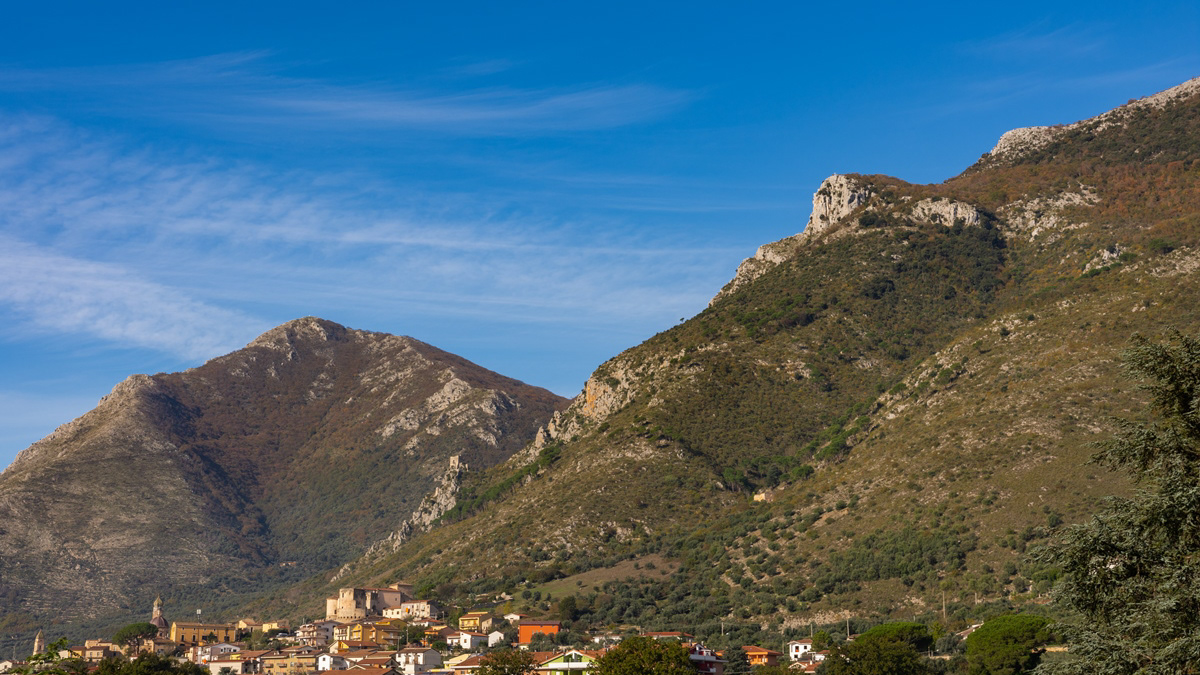
2018
Venafro (IS)
Venafro (Venafrum in latino, Venafrë in dialetto locale) è un comune italiano di 11 226 abitanti della provincia di Isernia, in Molise. È la quarta città della regione per popolazione. Ha origini molto antiche, risalenti al popolo italico dei Sanniti, dove nel III secolo a.C. combatterono aspramente contro Roma durante le guerre sannitiche. Nell'89 a.C. Venafrum fu teatro di uno scontro decisivo contro Roma dove guerreggiò il gruppo dei popoli della "Lega italica", nella cosiddetta "Guerra sociale". Nel Medioevo, fu invasa dai Longobardi, e divenne dal VI secolo sede di una diocesi, nonché importante centro di passaggio da Molise e Abruzzo per Napoli. Dal XV secolo fu di proprietà della famiglia Pandone, che contribuì alla ripresa economica del centro. Nel 1860 ospitò anche Vittorio Emanuele II in viaggio per l'incontro con Giuseppe Garibaldi. Il centro storico si presenta sotto aspetto di borgo fortificato lungo la scarpata della montagna, distante dall'antico centro romano, identificato nella zona dell'anfiteatro. Il punto più alto del borgo è il Castello Pandone, mentre la Cattedrale, seguendo lo schema delle antiche città normanno-longobarde, si trova fuori le mura. L'assetto urbanistico è molto preciso, scandito da cardo e decumano, e risente dell'influsso architettonico del barocco napoletano. Presso il centro si trovano altri due monumenti importanti: il cimitero militarefrancese di guerra, e il convento di San Nicandro, divenuto santuario già ai tempi della visita di Padre Pio nei primi anni del '900, necessitando di cure mediche per le sue malattie.
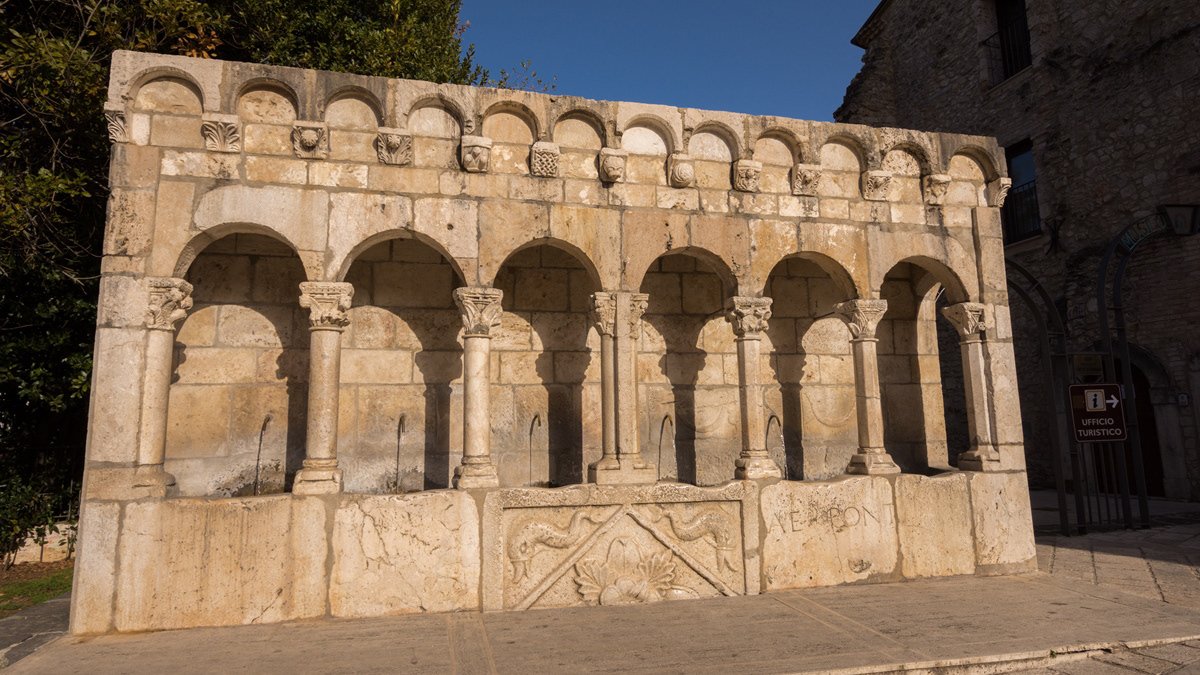
2017
Isernia - Fontana Fraterna
La "fontana Fraterna" (o fontana della Fraterna, fontana della Concezione, fontana delle Sette Cannelle o semplicemente Fraterna) è un'elegante fonte pubblica, nonché simbolo, della città di Isernia. Annoverata dall'Enciclopedia Treccani fra le più belle d'Italia, con sei getti d'acqua, dalle inusuali forme di un loggiato, realizzata con blocchi di pietra calcarea compatta, è una delle opere più significative e più importanti del comune pentro. Anticamente sorgeva in piazza Fraterna, di fronte alla chiesa della Concezione, ma dopo il bombardamento alleato del 1943 è situata in piazza Celestino V (ex largo Concezione), nel cuore del centro storico della città.
2022
Castel San Vincenzo. The lake. Winter 2022
Castel San Vincenzo, Isernia, Molise, Italy. The lake. It is an artificial reservoir built at the end of the fifties for hydroelectric purposes. It occupies an area of 6.140 km². The lake of Castel San Vincenzo is an artificial reservoir built in the late 1950s for hydroelectric purposes. The lake occupies an area of 0.614 km² and has a useful capacity of 10 million cubic meters. The waters that feed the lake come mainly from the streams of the Montagna Spaccata in the nearby municipalities of Alfedena and Barrea. The waters of these streams feed the Enel power stations in Pizzone, Rocchetta a Volturno and Colli a Volturno. Although artificial, the lake is well harmonized with the surrounding landscape of mountains and woods. The aquatic fauna consists mainly of salmonids. Near the lake, where it is possible to engage in fishing and other water sports, there is an area equipped for camping and a riding stable.
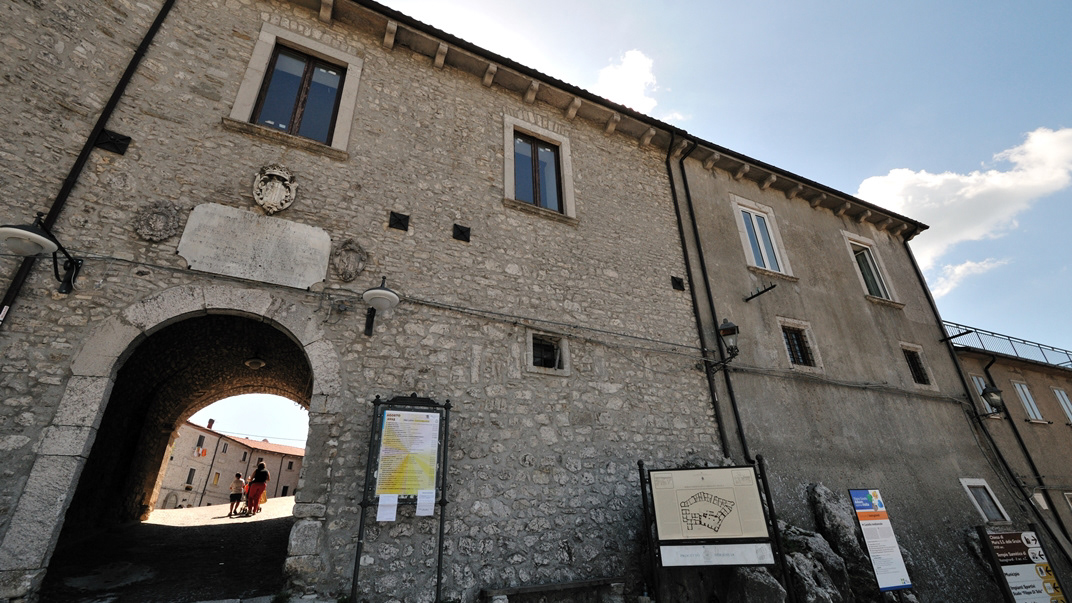
2015
Vastogirardi (IS)
Vastogirardi (Rë Uàštë in molisano) è un comune italiano di 690 abitanti della provincia di Isernia nel Molise. Si presume che il nome Vastogirardi tragga origine dal nome di un capitano crociato, Giusto Girardi. In passato assunse anche il nome di Castrum Girardi per via del castello (altri toponimi attestati risultano Castel Girardo, Rocca Girardo, Guasti Belardi, Guardia Giraldo e Guardia Gerardo) e successivamente il nome attuale, che semplicisticamente si attribuisce alla felice posizione geografica del paese, dalla cui sommità è possibile godere di un vasto panorama, ma molto più scientificamente da un'allitterazione di gergo longobardo. Il patrimonio archeologico-architettonico di Vastogirardi annovera i resti di un santuario sannitico del II secolo a.C. in località S. Angelo e l'eccezionale complesso del castello fortificato, corte interna e complesso parrocchiale. Portali in pietra delle abitazioni, le stesse in pietrame a pezzatura irregolare, e aperture incorniciate da blocchi lapidei e mensole in pietre sagomate rappresentano invece il carattere dell'edilizia minore. Il castello fu costruito nel XIII secolo dagli Angioini sopra il colle montuoso del borgo. Successivamente appartenne ai Caldora e poi a famiglie del regno di Napoli, tra i quali i Caracciolo. Il castello fu oggetto di consolidamento nel XVIII secolo e con tale restauro fu trasformato in residenza gentilizia. Il castello è inglobato nelle mura di cinta della parte più alta del borgo, includendo la piazza e la chiesa parrocchiale di San Nicola. Si accede da un arco a tutto sesto. Della fortificazione angioina resta una torre circolare, e del periodo Caldoresco un loggiato nella parte all'interno del borgo prospiciente la piazza. Il castello assieme al borgo forma una ellisse. La Chiesa di S. Nicola di Bari risale al XV secolo ma l'edificio risulta integralmente restaurato nel 1702, come attesta un'iscrizione murata nel portale d'ingresso. Ad una sola navata, al cui interno è presente un antico ostensorio in argento, vi si accede attraverso un porticato a sua volta accessibile da una doppia rampa. Al suo fianco vi è un campanile in pietra.
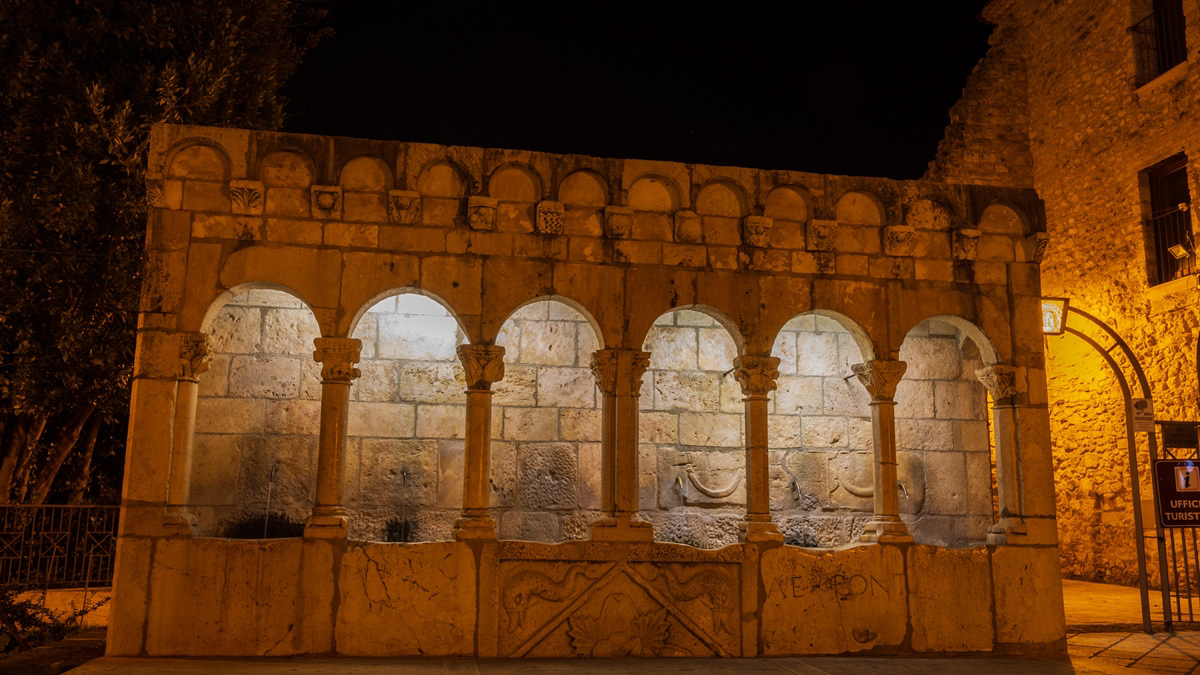
2018
Isernia, Fontana Fraterna, notturne
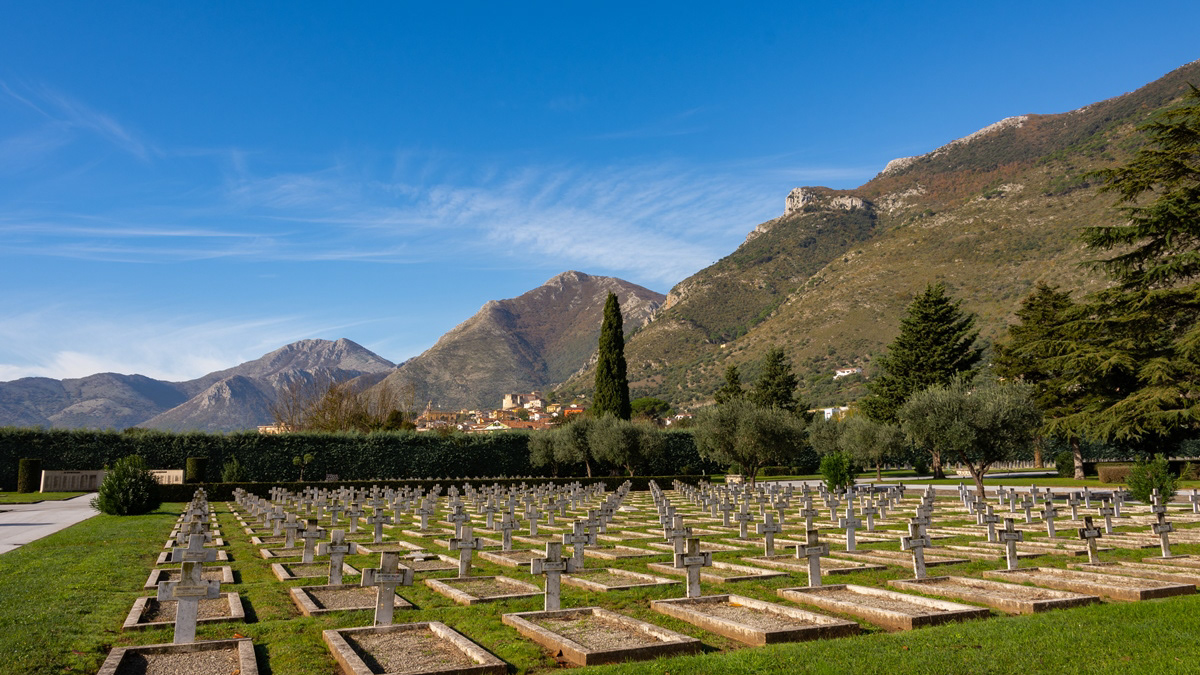
2018
Venafro, cimitero militare francese
Uscendo dalla città lungo la Strada statale 85 Venafrana direzione Isernia, su un'estesa zona pianeggiante (70.000 m²) si trova il cimitero di guerra francese, nel quale sono sepolti circa 6000 tombe di soldati del Corps Expeditionnaire Français (ma molte sono state esumate), di cui circa due terzi di origine marocchina, algerina e tunisina, oltre ad alcuni africani (senegalesi?), caduti in gran parte durante la battaglia di Cassino (nov.1943-mag.1944) e nell'aggiramento di Montecassino.
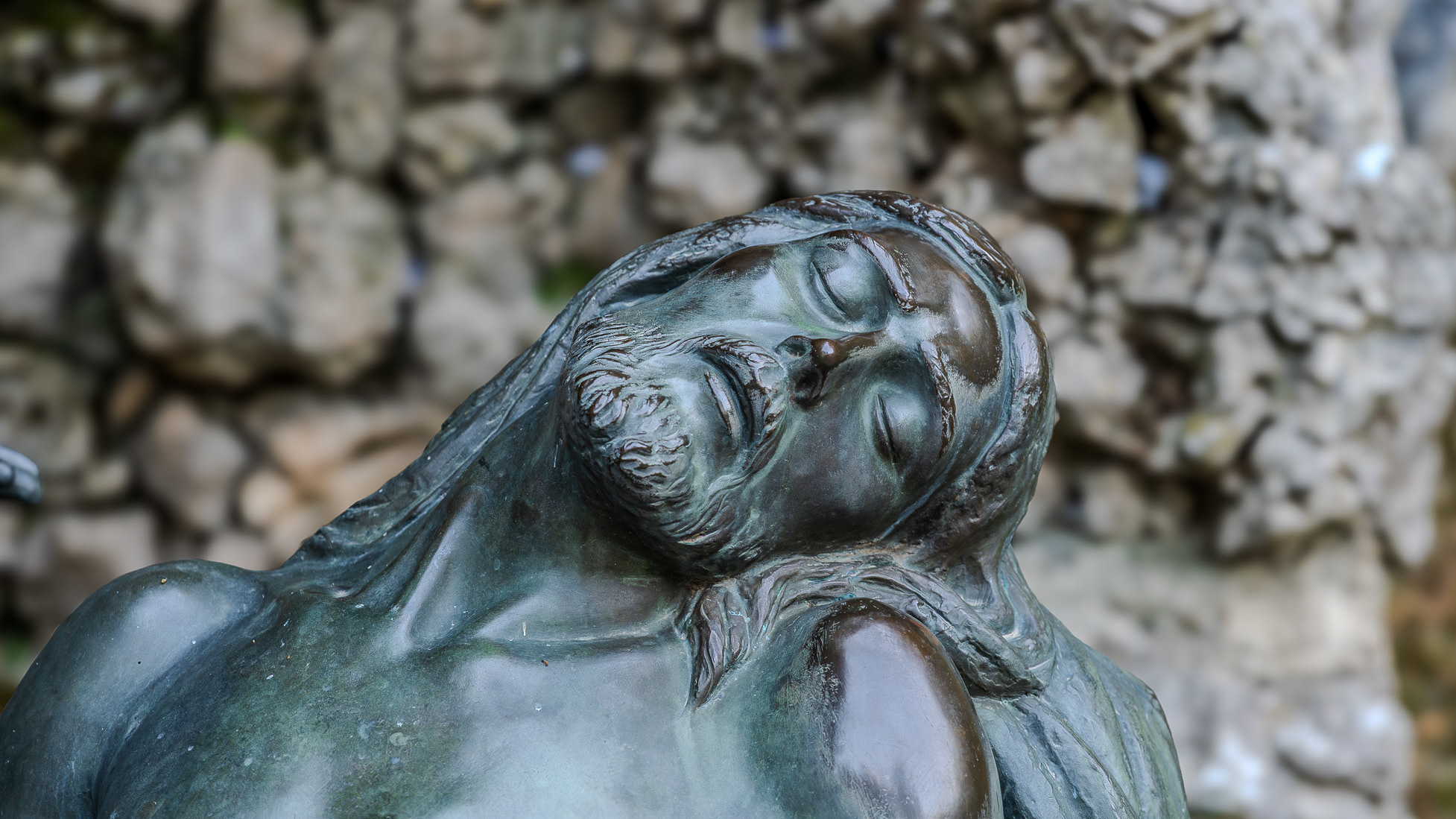
2023
Castelpetroso. The places of the Apparition
2022
Molise, winter 2022
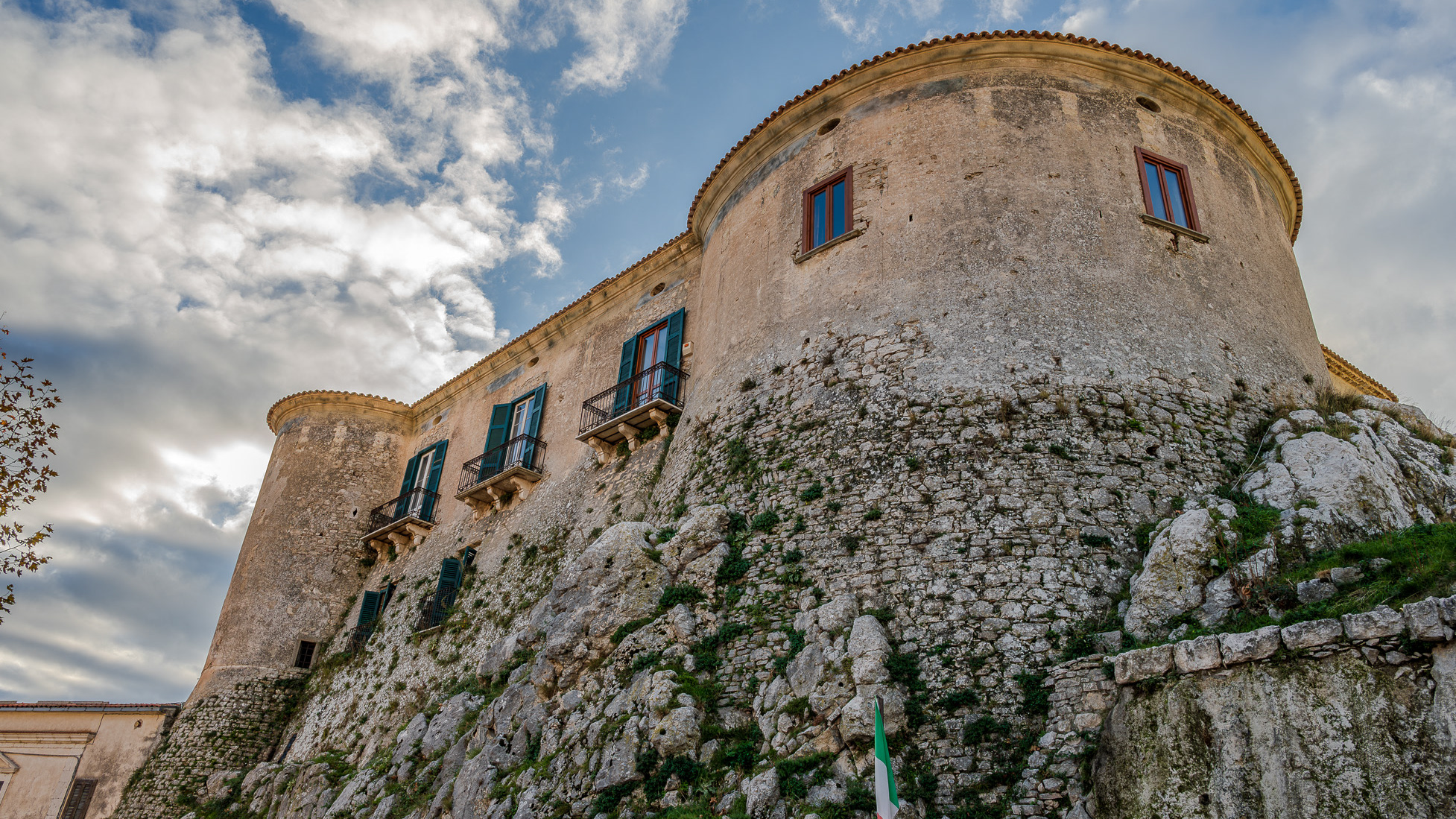
2024
Macchiagodena. The Baronial Castle
The main monument of the town, it was founded as a watchtower by the Lombards, and in 1269 by Charles I of Anjou it was donated to Barrasio, who governed it on behalf of Naples.
